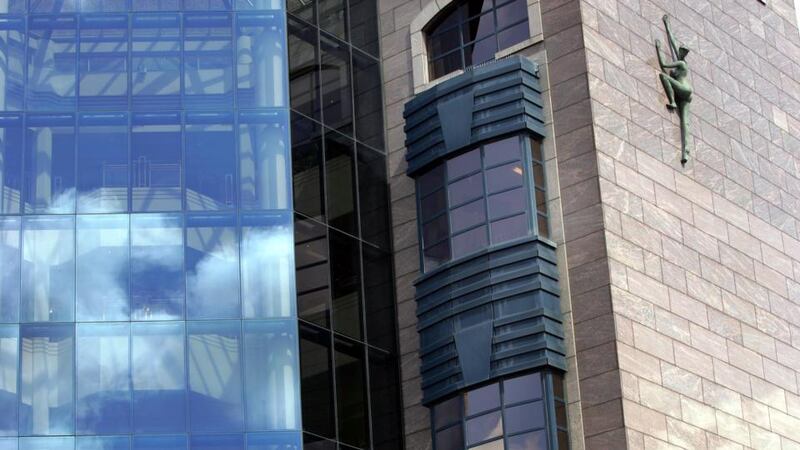Nama morphed yesterday from a debt recovery and asset sales business into a state investment body which plans to invest up to €3 billion in housing and regenerating Dublin’s docklands.
The ambitious plans will see it fund up to half of Dublin’s new housing requirements over the next five years and, along the mouth of the Liffey, creating a cityscape capable of rivalling the best of London, Singapore or Boston. Nama said it believed it could pull this off while still paying all its debts, and with a favourable wind returning a surplus to its stakeholders eventually. This is no easy task.
Minister for Finance Michael Noonan was upbeat, however. He said that while Nama planned to accelerate loan and asset sales to meet "huge appetite" among international investors, he expected it to shrink faster than expected, but not have entirely gone before 2020.

‘Too near’
“I was going to put a new termination of 2018,” he admitted, but Nama’s new role investing in house-building and building in the docks meant he had decided not to do this. “To provide the kind of finance that is necessary [to support construction] . . . sometimes Nama will lend and other times partners will borrow. 2018 is too near a deadline,” Minister Noonan said.
There were “exciting” times ahead for Nama, he said. “The regeneration of Dublin’s docklands will provide a powerful eastern flank to Dublin’s inner city,” he said.
The area earmarked for building in Dublin’s docks, he said, was twice the size of the IFSC. When the old and new docklands developments were joined together, he said, it would provide 40 per cent of the total commercial floor space of Canary Wharf, offering a real alternative to London. He said Nama’s 22 hectares of land in the docks had a development potential of 360,000 sq metres of commercial office space plus room for 2,600 apartments.
On house-building, Mr Noonan said Nama had identified 3,000 new “shovel- ready” properties, half of which were already being built. He said there were19,000 other properties at design or planning stage, including 1,500 properties in the Dublin docks. Behind this, again, was a vast land bank.
Bonuses
He admitted as Nama got smaller, there was a risk that its best staff would all leave so he would “look at what the board recommends will give Nama more certainty about their future”. As the state’s bad bank gets ever smaller, bonuses for those remaining look likely to be put back on the table.
These may well be deserved, if the toxic bank can succeed in metamorphosing into a strategic investor in the post-bust Irish economy.











